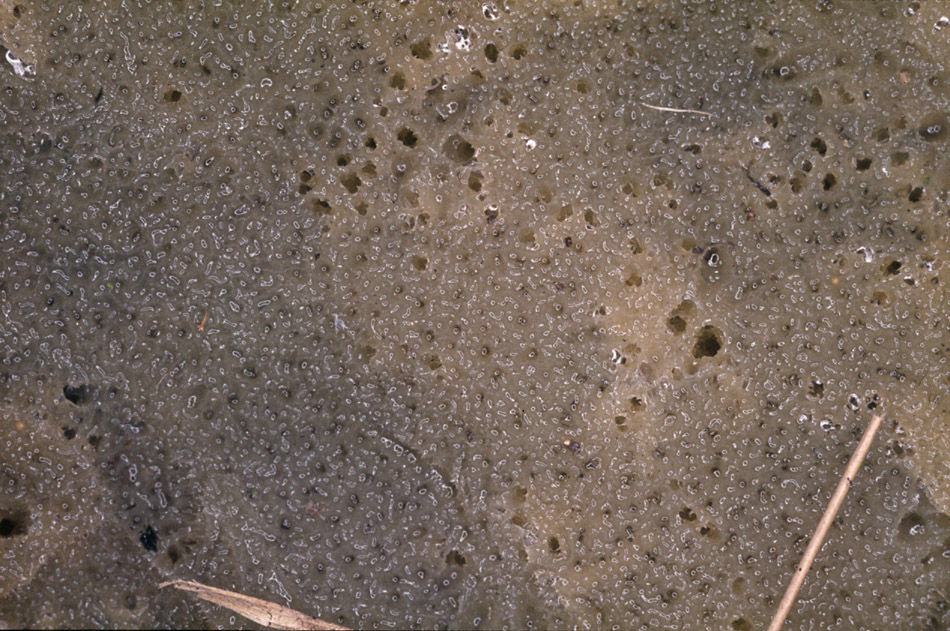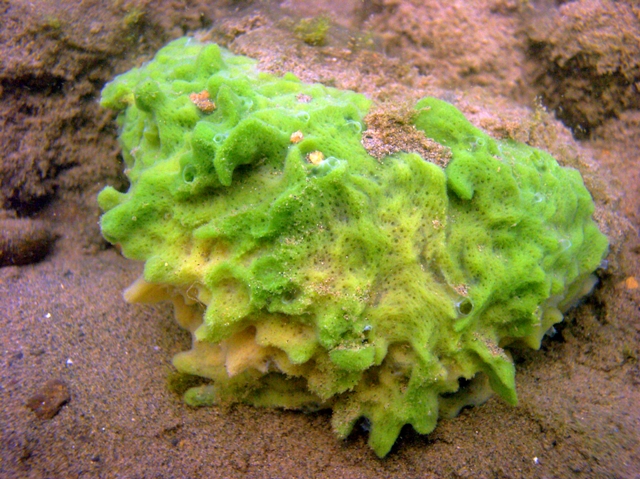Key to Australian Freshwater and Terrestrial Invertebrates
Phylum Porifera, Class Demospongia
Order Haplosclerida, Suborder Spongillina
Common name: sponges
Overview
Distribution and diversity
Life cycle
Feeding
Ecology

Ephydatia fluviatilis
Image credit: Malcolm Storey, 2010, BioImages - the Virtual Fieldguide (UK)
used under a Creative Commons Attribution-NonCommerical-ShareAlike license
Image credit: Malcolm Storey, 2010, BioImages - the Virtual Fieldguide (UK)
used under a Creative Commons Attribution-NonCommerical-ShareAlike license

Ephydatia fluviatilis
Image credit: Malcolm Storey, 2010, BioImages - the Virtual Fieldguide (UK)
used under a Creative Commons Attribution-NonCommerical-ShareAlike license
Image credit: Malcolm Storey, 2010, BioImages - the Virtual Fieldguide (UK)
used under a Creative Commons Attribution-NonCommerical-ShareAlike license

Spongilla lacustris, a cosmopolitan species of freshwater sponge
Image credit: Kirt L. Onthank
used under a Creative Commons Attribution-ShareAlike license
Image credit: Kirt L. Onthank
used under a Creative Commons Attribution-ShareAlike license
References and further information
Atlas of Living Australia: Spongillina
Encyclopedia of Life: Spongillina
Tree of Life: Spongillina






